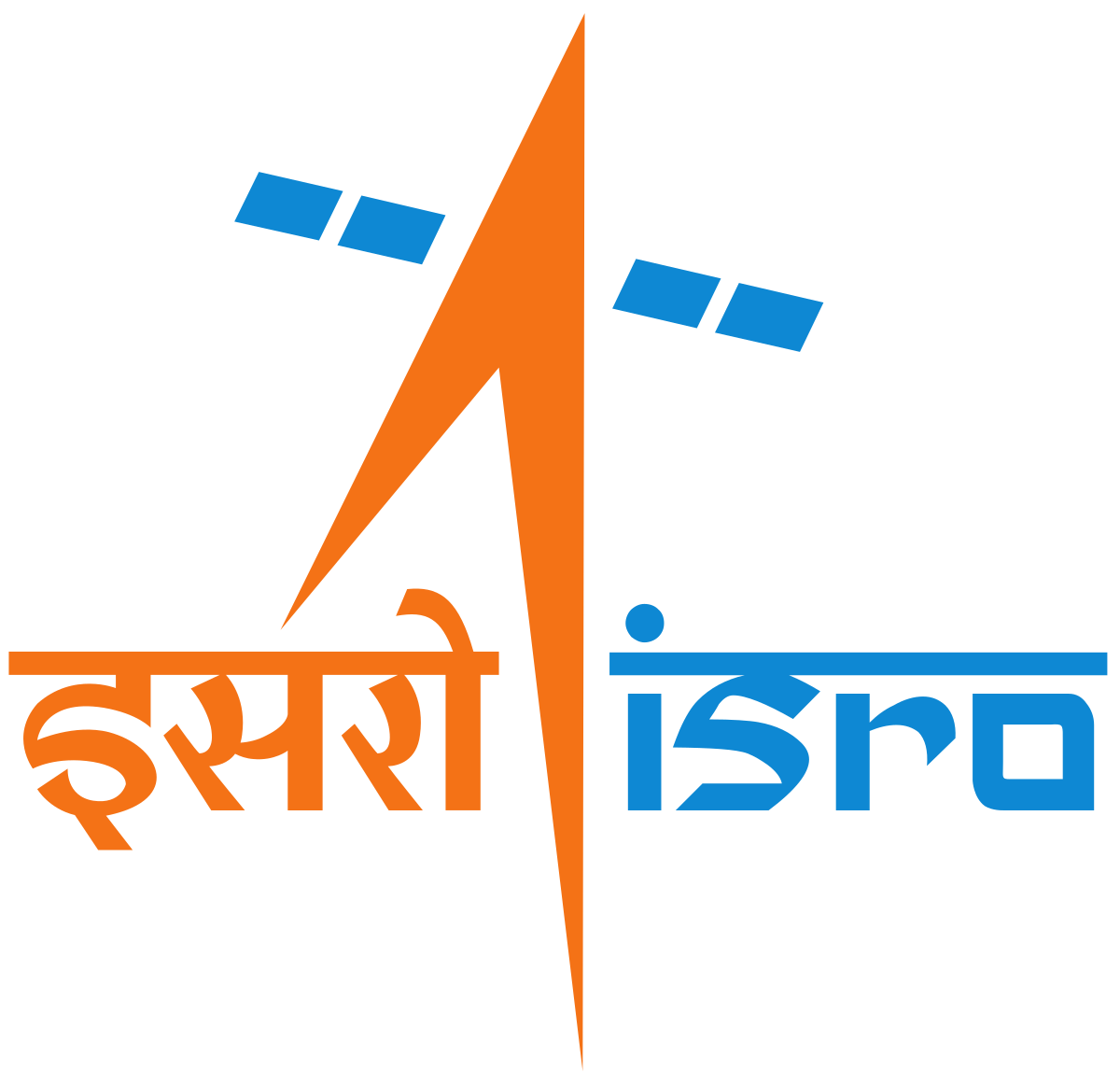Prime Minister Narendra Modi recently highlighted in Mann Ki Baat program that ISRO is planning to launch its first Sun Mission Aditya L1. It is an ambitious plan of Indian Space Research Organisation (ISRO). Named Aditya-L1, the mission, expected to be launched early next year, will observe the Sun from a close distance, and try to obtain information about its atmosphere and magnetic field. Aditya L1 will be ISRO’s second space-based astronomy mission after AstroSat, which was launched in September 2015.
The space-based observatory will have seven payloads (instruments) on board to study the Sun’s corona, solar emissions, solar winds and flares, and Coronal Mass Ejections (CMEs), and will carry out round-the-clock imaging of the Sun.
7 Payloads of Aditya L-1 Mission :-
Visible Emission Line Coronagraph (VELC): It will help to study the origin of Coronal Mass Ejection, diagnostic parameters of solar corona and its dynamics.
Solar Ultraviolet Imaging Telescope (SUIT): This payload will help to find out the image of spatially resolved Solar Photosphere as well as to measure solar irradiance variations.
Aditya Solar wind Particle Experiment (ASPEX) : To study the variation of solar wind properties as well as its distribution and spectral characteristics
Plasma Analyser Package for Aditya (PAPA): It has been designed to understand the energy distribution and composition of solar winds.
Solar Low Energy X-ray Spectrometer (SoLEXS): It will monitor X-ray flares of Solar system to study the heating system of solar corona.
High Energy L1 Orbiting X-ray Spectrometer (HEL1OS): It will help to observe the various dynamic actions happen in solar corona to provide an estimate of solar energy.
Magnetometer: This payload will monitor and measure the magnitude of the nature of Interplanetary Magnetic Field in the solar system.
What is L1?
- L1 refers to Lagrangian/Lagrange Point 1, one of five points in the orbital plane of the Earth-Sun system.
- Lagrange Points, named after Italian-French mathematician Josephy-Louis Lagrange, are positions in space where the gravitational forces of a two-body system (like the Sun and the Earth) produce enhanced regions of attraction and repulsion. These can be used by spacecraft to reduce fuel consumption needed to remain in position.
- The L1 point is home to the Solar and Heliospheric Observatory Satellite (SOHO), an international collaboration project of NASA and the European Space Agency (ESA).
- The L1 point is about 1.5 million km from Earth, or about one-hundredth of the way to the Sun.
Why are solar missions challenging?
- What makes a solar mission challenging is the distance of the Sun from Earth (about 149 million km on average, compared to the only 3.84 lakh km to the Moon).
- More importantly the super hot temperatures and radiations in the solar atmosphere make it difficult to study.



Post a Comment